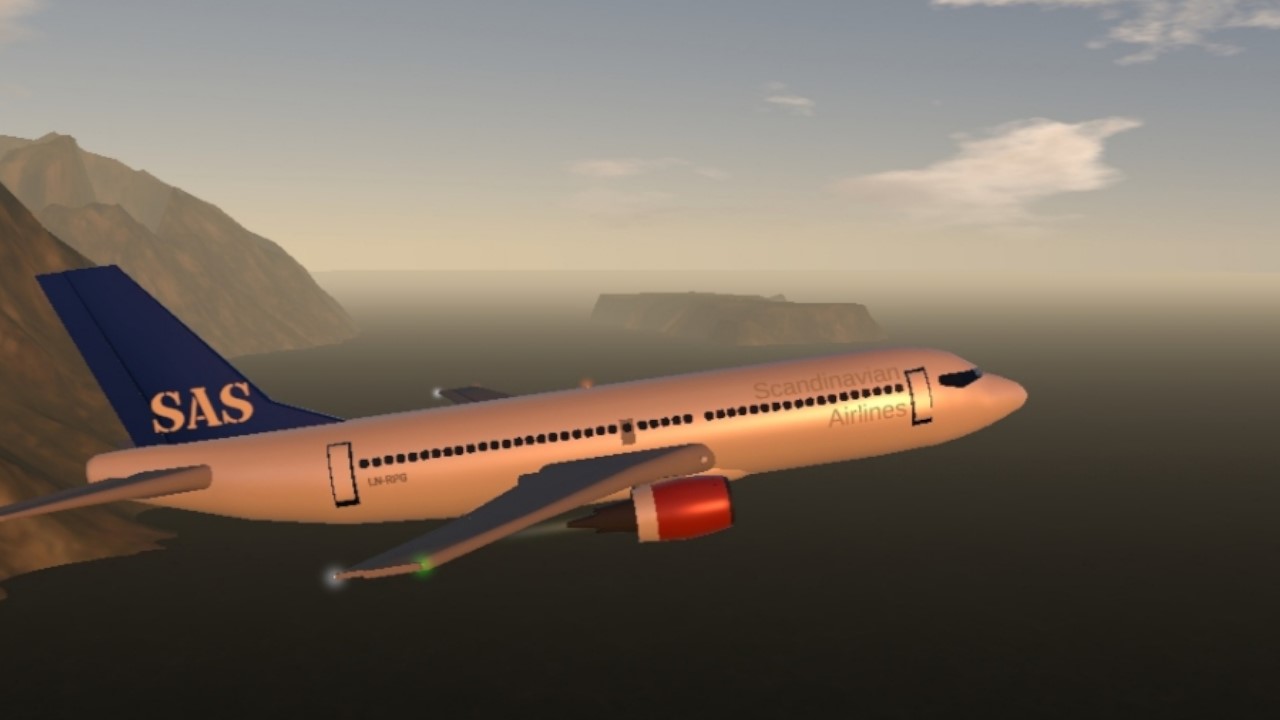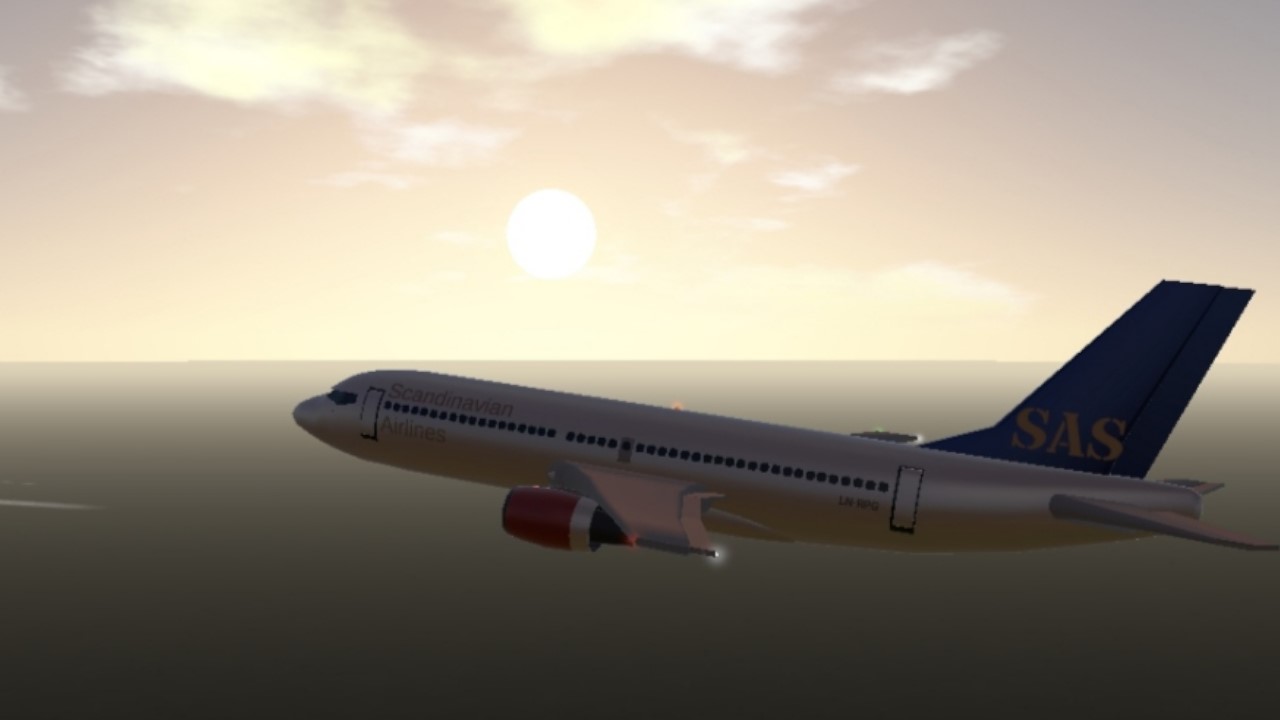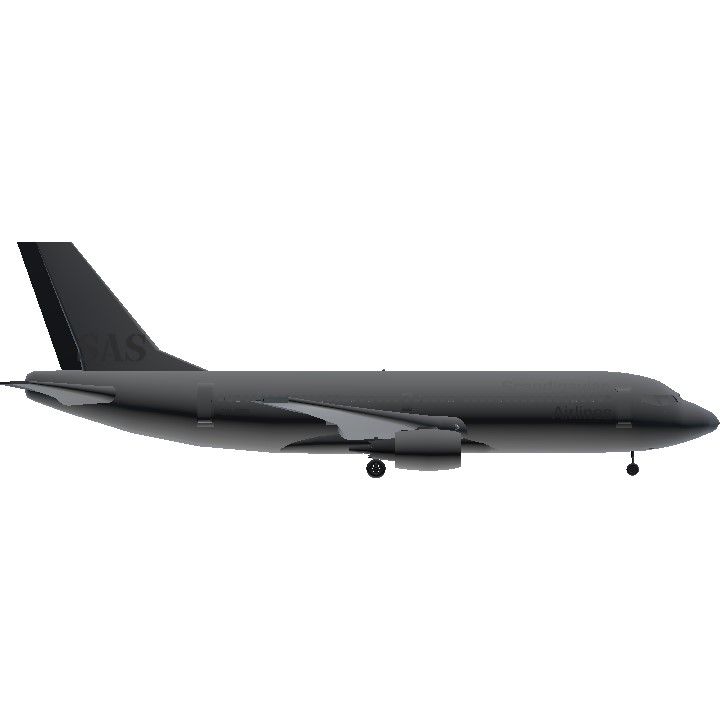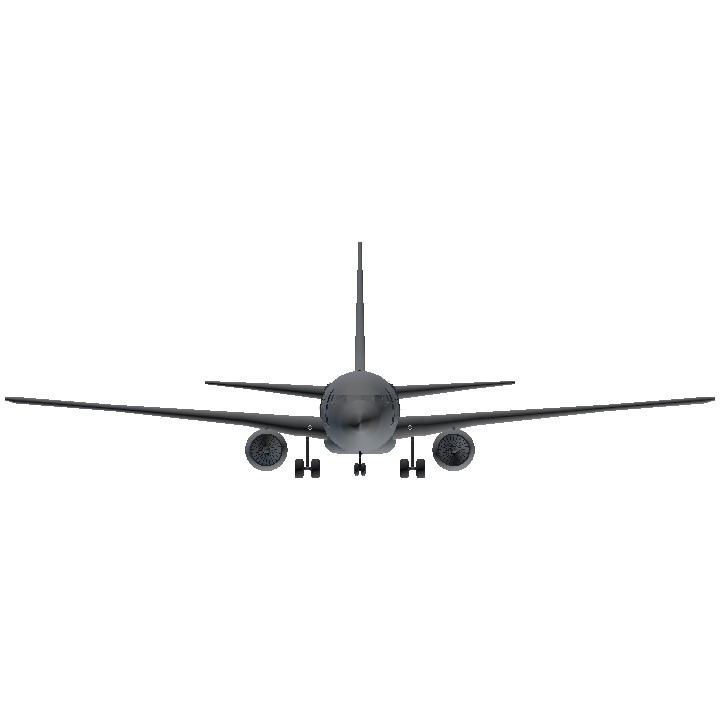Less Part And Small Size (Nothing Special)
ABOUT SAS:
Scandinavian Airlines, more commonly known and styled as SAS, is the flag carrier of Denmark, Norway, and Sweden. SAS is an abbreviation of the company's full name, Scandinavian Airlines System or legally Scandinavian Airlines System Denmark-Norway-Sweden. Part of the SAS Group and headquartered at the SAS Frösundavik Office Building in Solna, Sweden, the airline operates 180 aircraft to 90 destinations (as of December 2019). The airline's main hub is at Copenhagen-Kastrup Airport, with connections to 109 destinations around the world. Stockholm Arlanda Airport (with 106 destinations) is the second largest hub, with Oslo Airport, Gardermoen being the third major hub of SAS. Minor hubs also exist at Bergen Airport, Flesland, Göteborg Landvetter Airport, Stavanger Airport, Sola, and Trondheim Airport, Værnes. SAS Cargo is an independent, wholly owned subsidiary of Scandinavian Airlines and its main office is at Copenhagen Airport.
ABOUT BOEING:
The Boeing Company (/'bo???/) is an American multinational corporation that designs, manufactures, and sells airplanes, rotorcraft, rockets, satellites, telecommunications equipment, and missiles worldwide. The company also provides leasing and product support services. Boeing is among the largest global aerospace manufacturers; it is the third-largest defense contractor in the world based on 2020 revenue, and is the largest exporter in the United States by dollar value. Boeing stock is included in the Dow Jones Industrial Average. Boeing is incorporated in Delaware.
About Boeing 737
The Boeing 737 is a narrow-body aircraft produced by Boeing at its Renton Factory in Washington. Developed to supplement the Boeing 727 on short and thin routes, the twinjet retains the 707 fuselage cross-section and nose with two underwing turbofans. Envisioned in 1964, the initial 737-100 made its first flight in April 1967 and entered service in February 1968 with Lufthansa. The lengthened 737-200 entered service in April 1968. It evolved through four generations, offering several variants for 85 to 215 passengers.


Source: Wikipedia, Jetphotos
Specifications
General Characteristics
- Created On Android
- Wingspan 88.6ft (27.0m)
- Length 89.9ft (27.4m)
- Height 29.5ft (9.0m)
- Empty Weight 36,937lbs (16,754kg)
- Loaded Weight 58,649lbs (26,603kg)
Performance
- Power/Weight Ratio 2.299
- Wing Loading 160.2lbs/ft2 (782.1kg/m2)
- Wing Area 366.1ft2 (34.0m2)
- Drag Points 28737
Parts
- Number of Parts 231
- Control Surfaces 9
- Performance Cost 851






